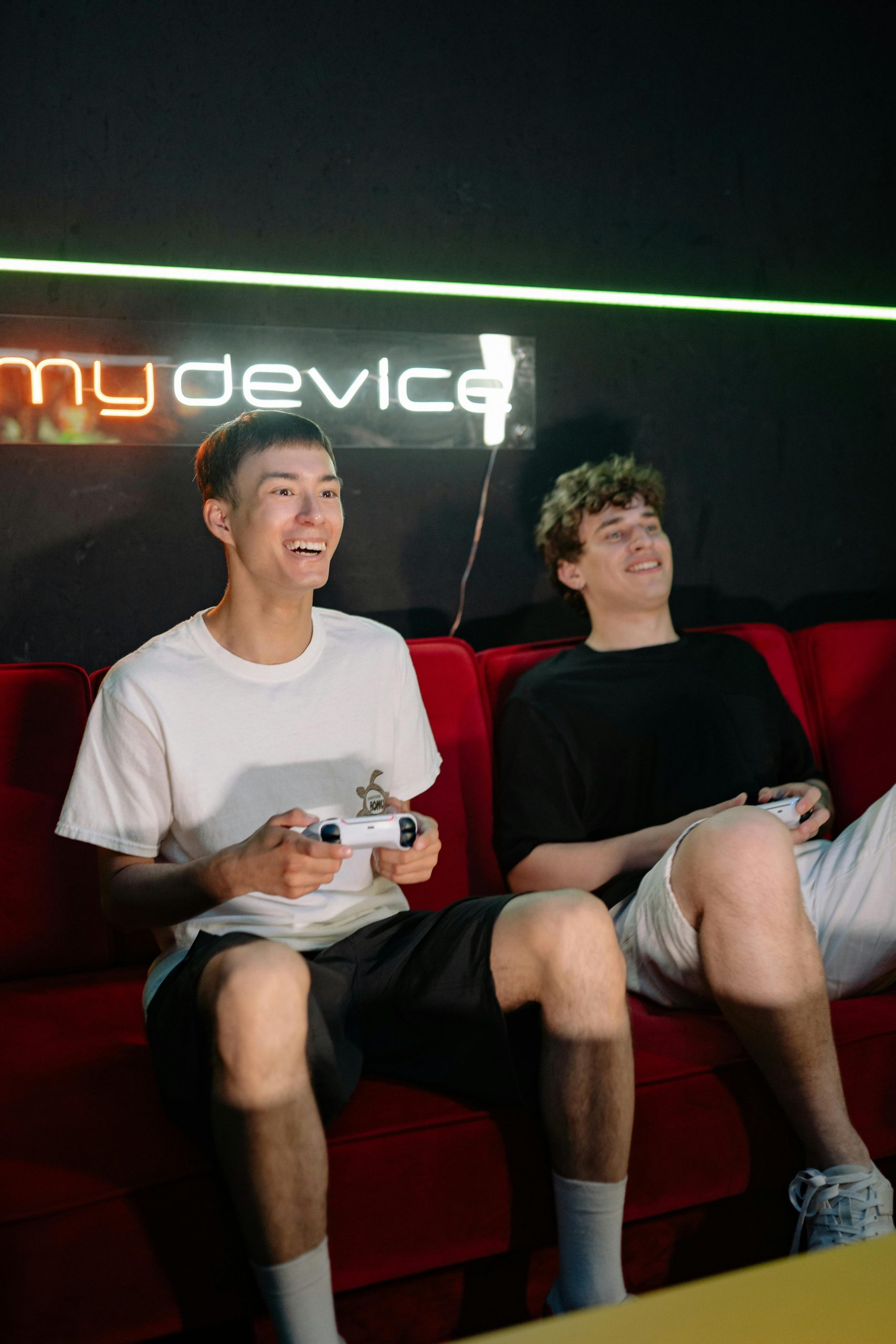Comparing Approaches to New Students: US vs. Singapore
In the US, counselors engage with new students to discuss the subjects and topics they studied at their previous schools. This information helps them craft a suitable schedule for the students before their first day. Conversely, Singapore adopts a different approach. Schools first determine the appropriate grade level for new students and then assign them to a class without detailed discussions about past subjects.
The US system does not utilize “form classes” in the same way. Instead, students have attendance cards that allow both the school and counselors to keep track of their presence. In Singapore, however, form classes serve as a method for teachers to take attendance and confirm which students are present before the academic lessons begin.
Moreover, Singaporean schools typically don’t consider prior learning topics when assigning classes; students are placed solely based on their grade level. In contrast, if a new student arrives mid-year in the US, schools often have them repeat the grade to prevent them from missing crucial information.
Ultimately, whether in the US or Singapore, the placement of new students is guided by different principles—US schools focus on individual learning history, while Singapore schools emphasize grade-level placement. There are instances in Singapore where the previous exam results may influence decisions about grade placement, ensuring that new students are aligned appropriately within the system.

Your post highlights some significant differences between how the U.S. and Singapore handle the integration of new students into their educational systems.
In the U.S., the emphasis on understanding what topics students have already covered demonstrates a tailored approach to education. This allows counselors to create schedules that align with each student’s knowledge, potentially leading to a smoother transition and more effective learning experience. The process reflects a more student-centered philosophy, where individual backgrounds and experiences are taken into account.
On the other hand, Singapore’s approach seems to prioritize efficiency and structure. By placing new students directly into classes based on their grade level, the system maintains a streamlined process, but may overlook the individual learning trajectories of students. The form classes in Singapore serve an important administrative function, ensuring attendance is tracked effectively, which can foster a sense of belonging and accountability right from the start.
The variation in how mid-year transfers are handled is also noteworthy. In the U.S., repeating a grade to catch up on missed content may provide a safety net for students, ensuring they don’t fall behind. Singapore’s reliance on previous exam results allows for a more nuanced decision that could either challenge a student appropriately or provide necessary support.
Both systems have their merits and drawbacks. It would be interesting to further explore how these differences impact student outcomes and experiences in both countries. Do you think one method is more effective than the other in ensuring students adapt and thrive in their new environments?